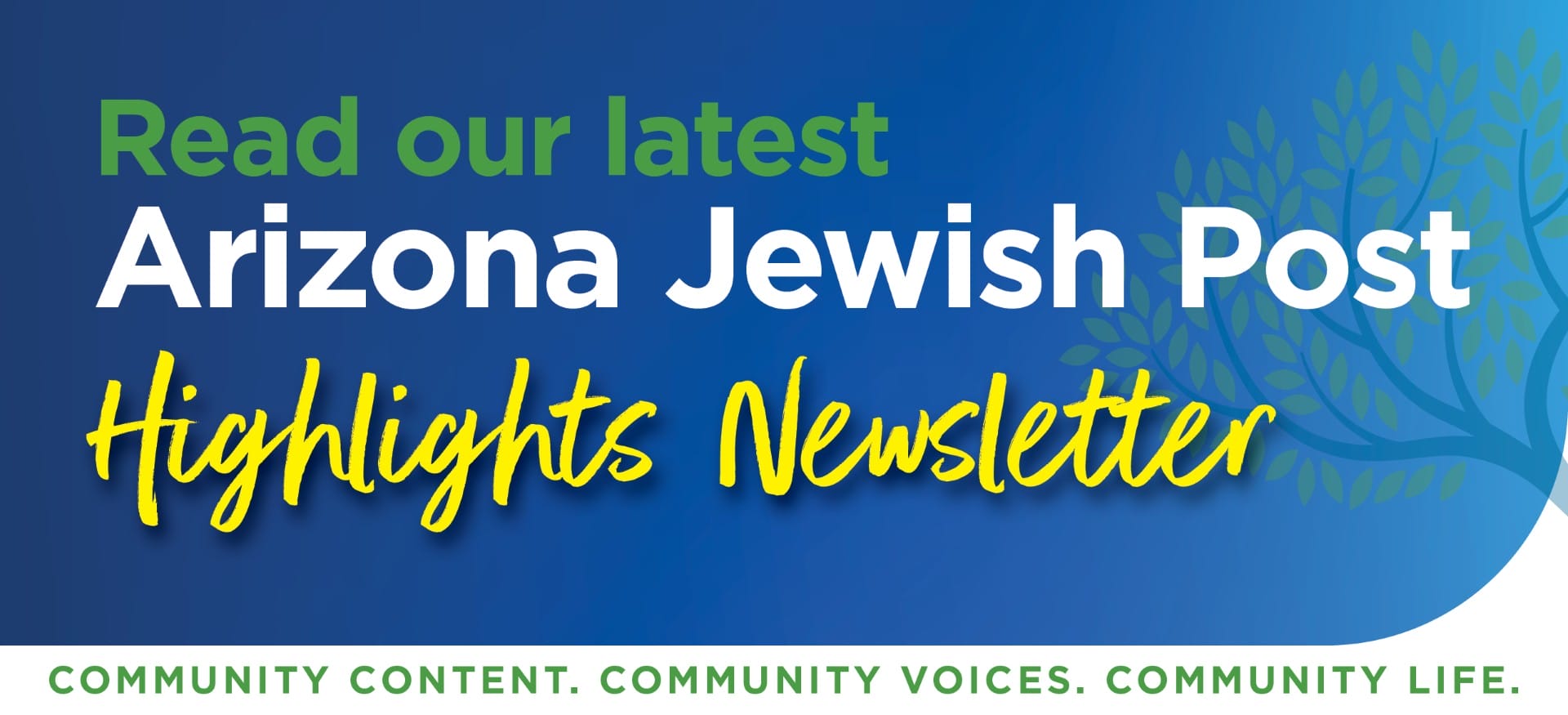SAN FRANCISCO (j. weekly) — In August, Gordon Radley tossed stones from Jerusalem over a muddy ridge in Colombia, scattered dirt from the family’s cemetery plot and recited the Jewish memorial prayer.
In doing so, he kept a promise made 50 years earlier to honor the memory of his brother, Larry, who died in a plane crash there in 1962.
“I never wanted to anticipate what it would be like. I wanted to just let it happen when I got there — if I got there,” said Radley, 65, of Sausalito, Calif. “If I had anything in mind, it was to experience the place in a meditative way, with boots on the ground, a time when I could truly feel the moment.”
Radley put in about 10 years of negotiations and arrangements before he finally reached the guerrilla-controlled jungle in southwestern Colombia where his brother, one of the country’s first Peace Corps volunteers, perished at age 22.
“I said a few words, thanking people, and before I could go on they told me I had only two minutes left,” said Radley, a member of San Francisco’s Congregation Emanu-El. “As the helicopters roared overhead, I pulled out my harmonica and played Beethoven’s ‘Ode to Joy,’ and I read ‘El Malei Rachamim,’ ” the Jewish funeral prayer.
The stones he threw on Aug. 18 were sent from Israel by his sister, Elena Rozenman, who lives in the Abu Tor area of Jerusalem. Radley also scooped up a bit of dirt from the crash site to bring back to the family cemetery in Chicago.
Just 15 minutes after he had arrived, Radley boarded the helicopter and left.
He talked by phone last week about his efforts to get to the ridge in Choco. At first he tried to make the arrangements privately, without involving governments or the military.
“I was told I would need an escort, that the crash site was in a vast jungle where one mountaintop looked like all the others,” Radley said. “Then I started working with a Colombian battalion colonel. He sent two battalions to find the site. Two weeks later they reported back that they had been able to get only three miles in before giving up. The colonel said I would need a helicopter.”
Radley then made a connection with Evelio Rodriguez, who lives at the bottom of the ridge and agreed to build a rudimentary helicopter landing pad.
Guerrillas from the Revolutionary Armed Forces of Colombia, or FARC — a group classified by the U.S. State Department as a terrorist organization — got wind of what was happening, captured Rodriguez and interrogated him.
“They were about to kill him, but they let him go,” Radley said. The landing pad was never used.
In April, Radley went to Colombia to meet with military leaders, who agreed to fly him over the crash site. He couldn’t see much and vowed to return. The Colombians recommended that he come back in August, when members of the U.S. military would be in the area and helicopters could be brought onto the ridge.
“Many times over the years I thought it was not destined to happen, and when it did it was so surreal,” Radley said.
“This was a military operation, and there was a degree of urgency to it. Until the minute that helicopter landed on the mountaintop, even the military was saying we may not be able to do this.”
The guerrillas’ presence in the area was a concern, of course, and the weather was bad.
It rained hard the night before Radley’s visit. At the site, Colombian soldiers had stuck tree trunks in the ground to make walking in the slippery mud easier. They set up small benches under the rainforest canopy. They placed some of the twisted wreckage from the plane on a table they had built. The Colombians also brought a memorial wreath.
“It was overwhelming,” Radley said quietly.
In attendance were Col. Yamil Gutierrez, the Colombian officer who made Radley’s quest a reality, along with representatives of the military, members of the U.S. Embassy, the current Peace Corps director in Colombia and a cousin of Radley’s. All were flown in on Black Hawk helicopters. Rodriguez also traveled up the mountain to meet Radley.
“Colonel Gutierrez spoke, saying he was very proud to make this happen,” Radley said. “He brought me to this impossible, precarious place with such warmth and understanding. I shook his hand and we embraced.”
Gordon Radley was 15 when his brother died along with David Crozier, a Peace Corps volunteer from Missouri, and 38 Colombians.
“I made a promise then that someday I would go where Larry died,” Radley said. “I went to Colombia for him and I went as a tribute to my family, but this also was about the Peace Corps. I went to affirm what my brother had volunteered for and had died for.”
Radley reflected a moment, then continued.
“My trip transcended nationality, culture and language — and none of this would have happened without the kindness of strangers,” he said. “All of them had good reasons to say no to me, but they said yes, and now I have a sense of completion. Somehow, standing there on that ridge brought my brother home.”
Larry Radley was one of the first 12 Americans selected to join the Peace Corps, and the first to give his life in service. One year after Larry’s death, his sister joined the organization — with her parents’ blessing — and served in Colombia. When Gordon Radley joined the Peace Corps in 1968, he was sent to Malawi.
“All this comes back to my parents, to the values and ideals they lived,” said Radley, who retired as the president of Lucasfilm Ltd. and now sits on corporate boards, works with start-ups and nonprofit organizations, and promotes the Peace Corps.
“In 1952 — in the middle of the Korean War and at the height of McCarthyism — at Purim my mother dressed Larry as an American sailor, my sister as a Russian girl and me as a Chinese boy. We carried a banner with a quote from Leviticus that read, ‘Have we not all one father?’
“My mother was not making a political statement. This was simply her understanding of how you live in the world. Off we went to the Purim pageant — and we won for best costume.”





